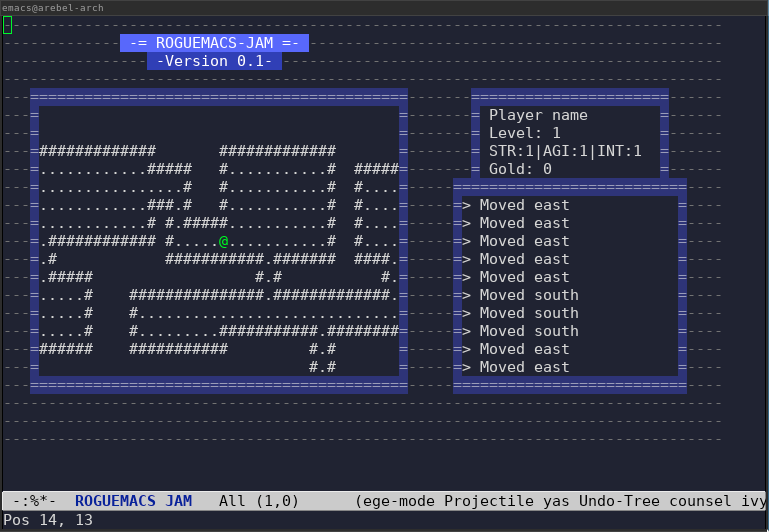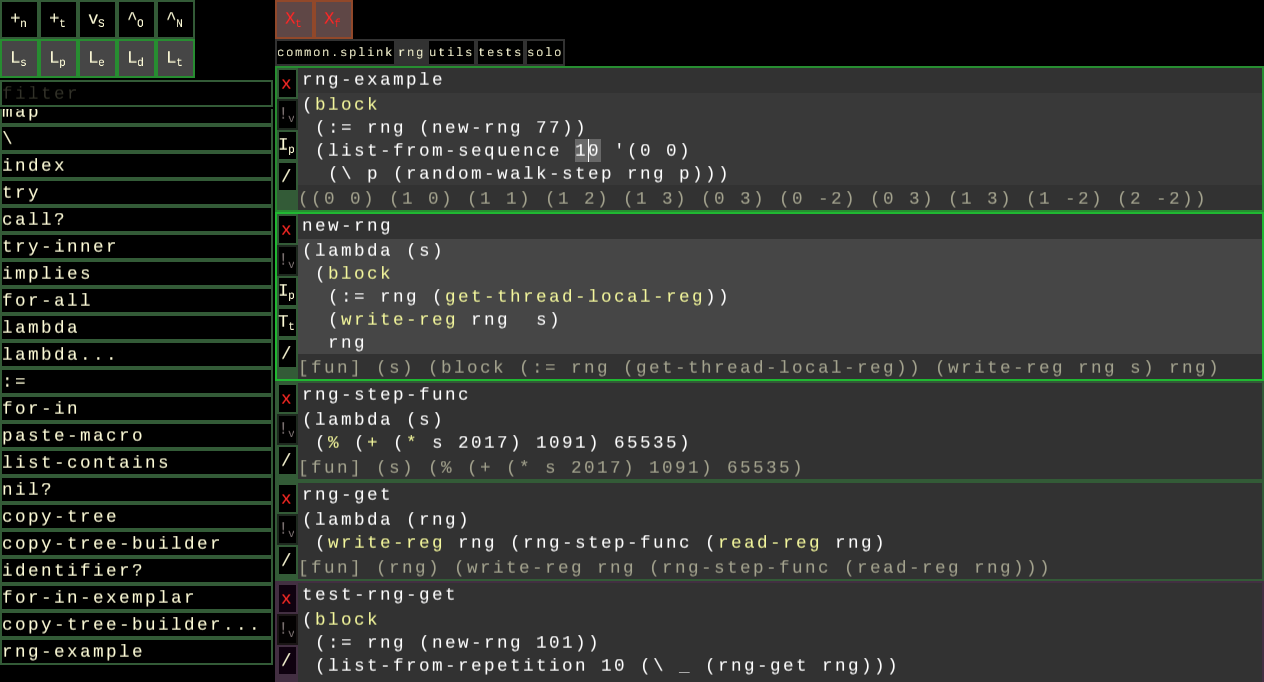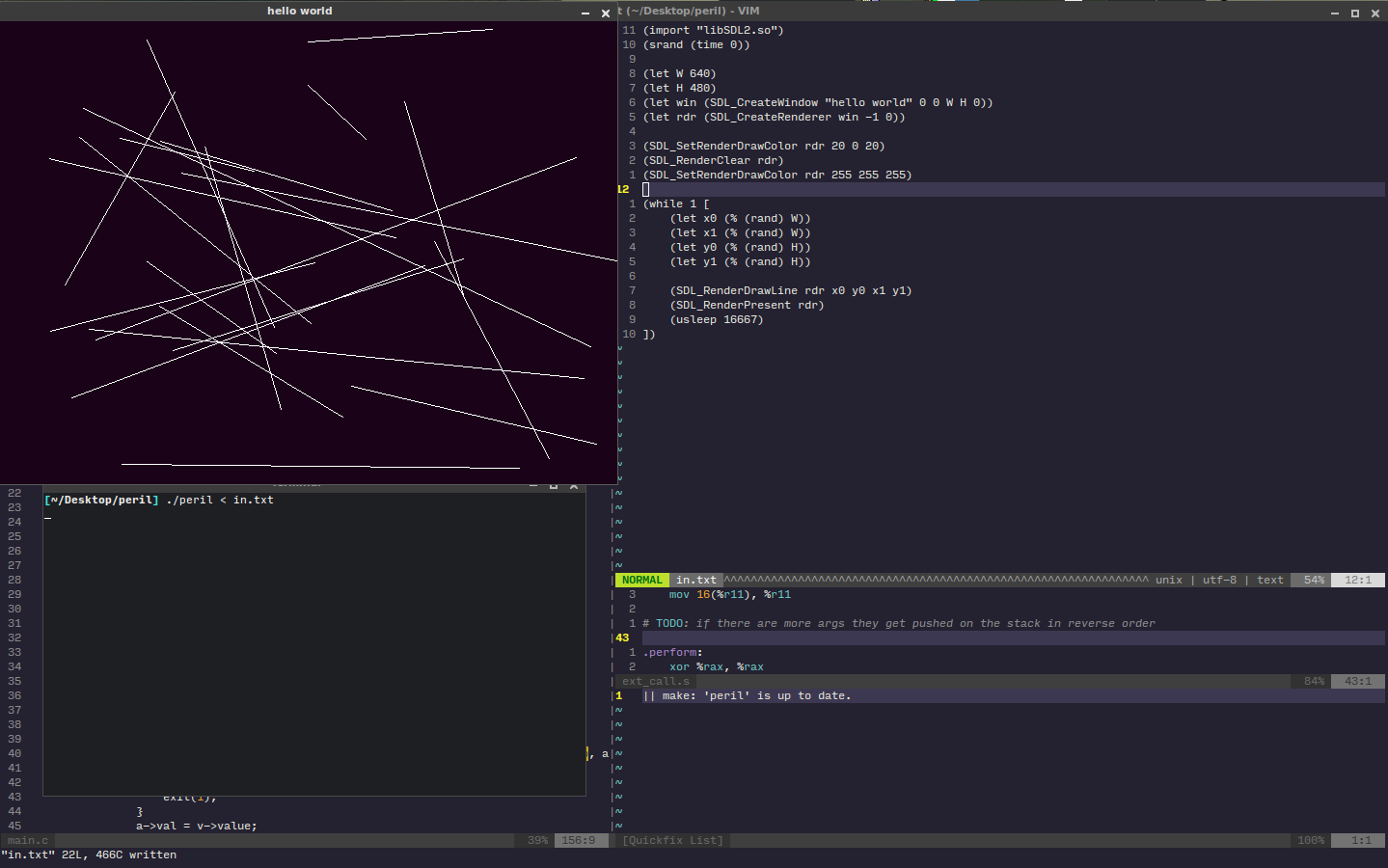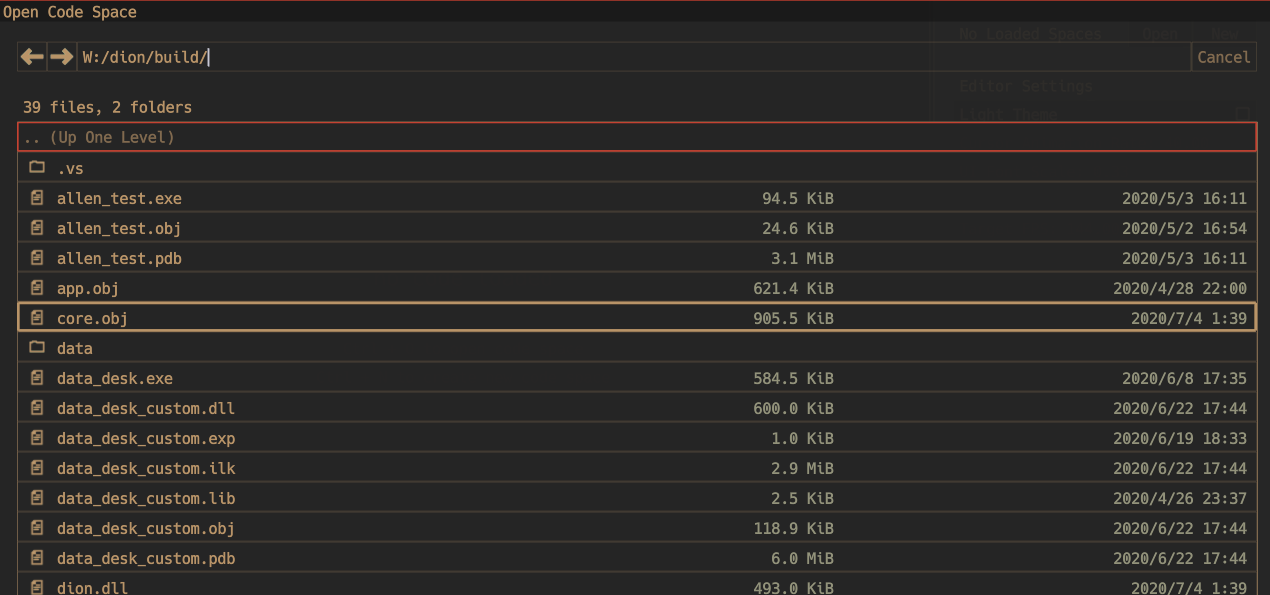Lessons from the Lisp Jam
In the summer of 2020 we held a Lisp jam, where many community members made exploratory Lisp-inspired projects. We held this fishbowl as a recap, as a time for the participants to share what they learned and explore how those lessons relate to our day-to-day programming.









